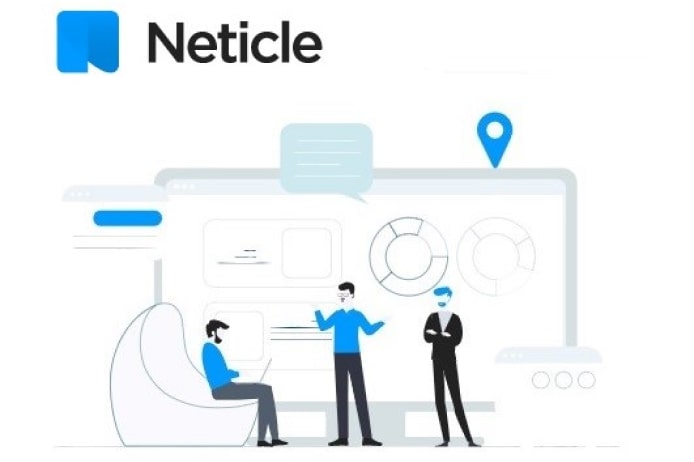A Complete Guide to the Facebook API: An Overview
Exploring the Facebook REST API: What Is It?
The Facebook REST API, also known as the Facebook Graph API, is a powerful tool that allows developers to interact with the Facebook platform programmatically.
By using HTTP requests, developers can access and manipulate various types of data, such as user profiles, posts, photos, and more. The REST API provides a standardized way for developers to integrate Facebook functionalities into their applications, making it easier to build rich and engaging experiences.
The Facebook REST API is designed to be developer-friendly, with comprehensive documentation and a wide range of endpoints to meet different use cases. Developers can authenticate their applications, request permissions from users, and then retrieve and update data using simple HTTP requests. This simplicity, combined with the vast amount of data available on Facebook, opens up a world of possibilities for developers to create innovative applications that connect with billions of users.
The Facebook REST API is designed to be developer-friendly, with comprehensive documentation and a wide range of endpoints to meet different use cases. Developers can authenticate their applications, request permissions from users, and then retrieve and update data using simple HTTP requests. This simplicity, combined with the vast amount of data available on Facebook, opens up a world of possibilities for developers to create innovative applications that connect with billions of users.
Our clients
JIN
Jin is a European communication agency specializing in digital influence and public relations. The company provides business intelligence solutions powered by artificial intelligence. Our API is a helpful tool in this field and is used for social media monitoring, hashtag tracking, and a lot more.

Eleve
This powerful brand advocacy platform helps businesses increase brand awareness through a wide network of key influencers. Using our Social Media API, the company can find the right target audiences for their clients by monitoring more than 1000 user profiles per hour. Social media monitoring and analytics are the main tools in such fields.

Neticle
This Hungarian company provides an Enterprise Text Analytics toolkit for IT, research, and communications departments and individual text analysis solutions. Using our Social Media API helps the company provide intelligent media monitoring, media analysis, social listening, and create sentiment and semantic analysis toolkits for in-house corporate use.

Is the Facebook Analytics API Suitable for Developers?
The Facebook Analytics API is a powerful tool that allows developers to extract valuable insights from the data collected by Facebook Analytics.
With the Facebook Analytics API, developers can access aggregated event data, create custom reports, and integrate analytics data into their own applications. This can be particularly useful for businesses looking to track the performance of their Facebook campaigns and optimize their marketing strategies.
The Facebook Analytics API provides a range of endpoints that developers can use to retrieve data about user demographics, engagement, retention, and conversions. By analyzing this data, developers can gain a deeper understanding of their audience and identify trends and patterns that can inform their marketing decisions. This data can also be combined with other sources, such as CRM systems or external analytics tools, to create a comprehensive view of user behavior.
However, it's important to note that the Facebook Analytics API has certain limitations and restrictions. For example, it only provides aggregated data and does not allow access to individual user-level data. Additionally, developers need to ensure that they comply with Facebook's data usage policies and respect user privacy when using the Facebook Analytics API.
The Facebook Analytics API provides a range of endpoints that developers can use to retrieve data about user demographics, engagement, retention, and conversions. By analyzing this data, developers can gain a deeper understanding of their audience and identify trends and patterns that can inform their marketing decisions. This data can also be combined with other sources, such as CRM systems or external analytics tools, to create a comprehensive view of user behavior.
However, it's important to note that the Facebook Analytics API has certain limitations and restrictions. For example, it only provides aggregated data and does not allow access to individual user-level data. Additionally, developers need to ensure that they comply with Facebook's data usage policies and respect user privacy when using the Facebook Analytics API.
Looking for a solution for extracting data from social media networks?
Get a free trial of our Social media API for extracting data

